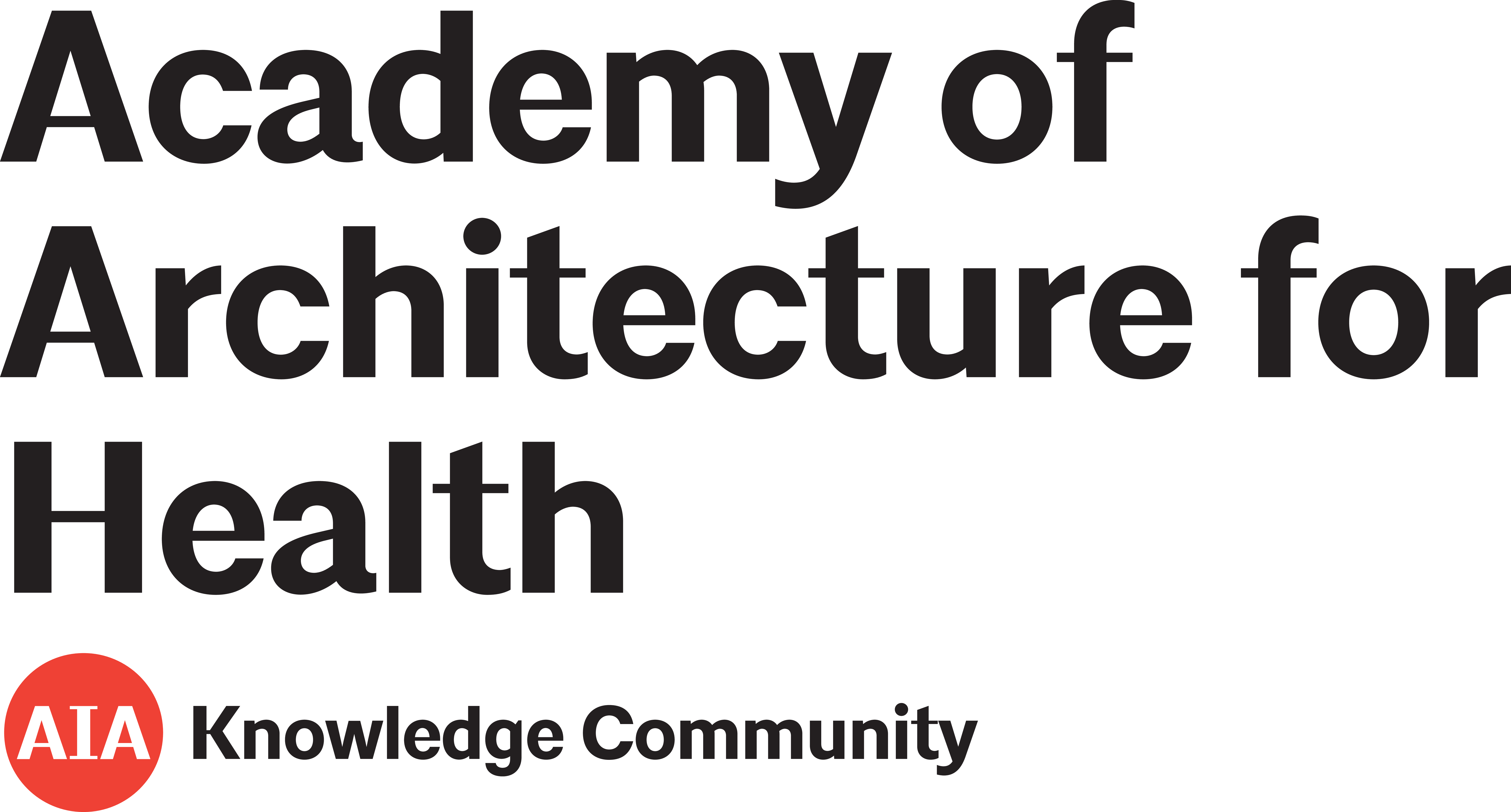Integrating systematic layout planning with fuzzy constraint theory to design and optimize the facility layout for operating theatre in hospitals
2015
Journal of Intelligent Manufacturing
Journal Article
Issue 1
Volume 26
Pages 87-95
Author(s): Lin, Q.-L., Liu, H.-C., Wang, D.-J., Liu, L.
Added June 2016
Operational Scenarios Simulation to Support Building Design: A Hospital Design Case Study
2014
Modelling and Simulation for Autonomous Systems
Book Section
Author(s): Simeone, D., Toldo, I., Cursi, S.
Added June 2016
Hospital Patient Room Design for Desert Climates: Effect of Room Shape on Window Design for Daylighting
Author(s): Sherif, A., Sabry, H., Wagdy, A.
Added June 2016
Design to improve visibility: Impact of corridor width and unit shape
2016
HERD: Health Environments Research & Design Journal
Journal Article
Issue 4
Volume 9
Pages 35-49
Author(s): Hadi, K., Zimring, C.
Added June 2016
The effect of hospital layout on caregiver-patient communication patterns
Author(s): Pachilova, R., Sailer, K.
This article suggests that the field of evidence-based design (EBD), which considers information from case evaluations and credible research during design-related decision processes, has only marginally examined hospital layouts and their effects. As a result, this study attempts to build on the tradition of “Space Syntax” research, which is a theory that explores how space controls and generates encounters between inhabitants and visitors of certain spaces and how these two groups engage in communication.
Added June 2016
The hardware and software implications of hospital birth room design: A midwifery perspective
2014
Midwifery
Journal Article
Issue 7
Volume 30
Pages 825-830
Author(s): Hammond, A., Foureur, M., Homer, C. S. E.
Every aspect of design within a given workplace – from the overall architecture to the furnishings, aesthetics, and available equipment – can affect the performance and overall experience of staff members. While many previous studies have explored the influence of workplace design in various different health care environments, little research has examined the impact of hospital birth room designs on the experience and performance of midwives.
Added June 2016
Ergonomical aspects of anaesthetic practice
2016
Indian Journal of Anaesthesia
Journal Article
Issue 5
Volume 60
Pages 306
Author(s): Raghavendra, R.S.
Anesthesiologists typically act as data analyzers, investigators, and planners for forthcoming surgical events, but only after patients and their families have been convinced that the procedure is appropriate. With the field of anesthesiology rapidly developing, it is imperative that workstations are optimized so that procedures can be conducted efficiently and safely. Ergonomics is defined as a discipline that explores and applies information regarding human characteristics, requirements, limitations, and abilities to the development, design, engineering, and testing of equipment, systems, and occupations.
Added June 2016
Participatory ergonomics simulation of hospital work systems: The influence of simulation media on simulation outcome
2015
Applied Ergonomics
Journal Article
Author(s): Andersen, S. N., Broberg, O.
Added June 2016
Integrating ergonomics into engineering design: The role of objects
2014
Applied Ergonomics
Journal Article
Issue 3
Volume 45
Pages 647-654
Author(s): Hall-Andersen, L. B., Broberg, O.
Added June 2016
Participatory ergonomics in design processes: The role of boundary objects
2011
Applied Ergonomics
Journal Article
Issue 3
Volume 42
Pages 464-472
Author(s): Broberg, O., Andersen, V., Seim, R.
Added June 2016
The Efficacy of Visual Cues to Improve Hand Hygiene Compliance
2010
Simulation in Healthcare
Journal Article
Issue 6
Volume 5
Pages 325-331
Author(s): Nevo, Igal, Fitzpatrick, Maureen, Thomas, Ruth-Everett, Gluck, Paul A., Lenchus, Joshua D., Arheart, Kristopher L., Birnbach, David J.
Healthcare-associated infections (HAI) affect patients at hospitals and other facilities. Hand hygiene compliance (HHC) among healthcare workers is important and was called upon by the World Health Organization (WHO) in 2009 for improvement and sustainability.
Added June 2016
The SCOPE of Hospital Falls: A Systematic Mixed Studies Review
2016
HERD: Health Environments Research & Design Journal
Journal Article
Issue 4
Volume 9
Pages 86-109
Author(s): Taylor, E., Hignett, S.
Added June 2016
Norovirus in the hospital setting: virus introduction and spread within the hospital environment
2011
Journal of Hospital Infection
Journal Article
Issue 2
Volume 77
Pages 106-112
Author(s): Morter, S., Bennet, G., Fish, J., Richards, J., Allen, D.J., Nawaz, S., Iturriza-Gómara, M., Brolly, S., Gray, J.
Added May 2016
Environmental Transmission of Clostridium difficile: Association Between Hospital Room Size and C. difficile Infection
2015
Infection Control & Hospital Epidemiology
Journal Article
Issue 05
Volume 36
Pages 564-568
Author(s): Jou, J., Ebrahim, J., Shofer, F. S., Hamilton, K. W., Stern, J., Han, J. H.
Added May 2016
Impact of sink location on hand hygiene compliance after care of patients with Clostridium difficile infection: a cross-sectional study
2016
BMC Infectious Diseases
Journal Article
Author(s): Deyneko, A., Cordeiro, F., Berlin, L., Ben-David, D., Perna, S., Longtin, Y.
Hand hygiene is typically identified as the most important infection control measure. Many healthcare settings have adopted alcohol-based hand rub solutions because they are extremely easy to use, are accessible, and are effective against microbes. One limitation of alcohol-based hand rubs, however, is their ineffectiveness against spore-forming organisms such as Clostridium difficile infection (CDI). Thus, hand washing in sinks rather than rubbing with solutions is highly recommended after caring for patients with CDI.
Added May 2016
Wayfinding in Hospital: A Case Study
2014
Design, User Experience, and Usability. User Experience Design for Everyday Life Applications and Services
Book Section
Author(s): Martins, L. B., de Melo, H. F. V.
Added May 2016
Navigating Complex Buildings: Cognition, Neuroscience and Architectural Design
2015
Studying Visual and Spatial Reasoning for Design Creativity
Book Section
Author(s): Dalton, R. C., Hölscher, C., Spiers, H. J., Gero, S. J.
Added May 2016
Keeping an Eye Out: Real Time, Real World Modeling of Behavior in Health Care Settings
2015
Modelling Behaviour: Design Modelling Symposium
Book Section
Author(s): Beorkrem, C., Danilowicz, S., Sauda, E., Souvenir, R., Spurlock, S., Lanclos, D., Thomsen, R. M., Tamke, M., Gengnagel, C., Faircloth, B., Scheurer, F.
Added May 2016
Layout Planning Problems in Health Care
2015
Applications of Location Analysis
Book Section
Author(s): Arnolds, I., Nickel, S., Eiselt, A. H., Marianov, V.
Added May 2016
Building spatial layout that supports healthier behavior of office workers: a new performance mandate for sustainable buildings
2014
Work
Journal Article
Issue 3
Volume 49
Pages 373-380
Author(s): Hua, Y., Yang, E.
Added May 2016




